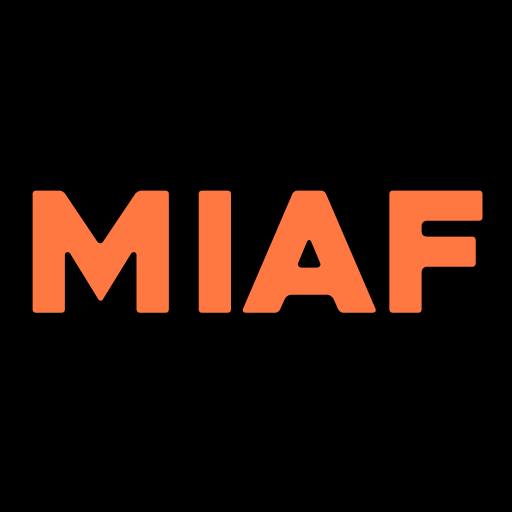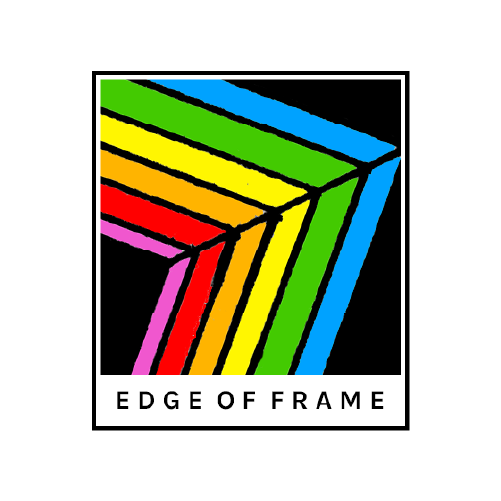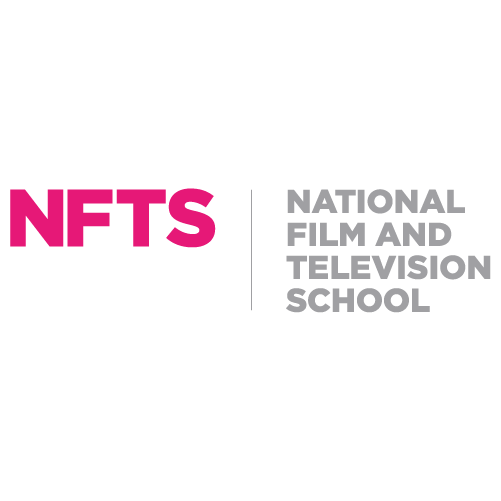What follows is an extended introduction to LIAF 2016’s first International Competition Programme: From Absurd to Zany. Find out more here.
A grand welcome – one and all – to LIAF 2016. Absurd To Zany seemed as good a way to trigger this annual animation avalanche as any. Abseiling the absurd and unzipping the zany are all just another day at the office for the good crew LIAF.
Proceedings start in style with The Noise of the Grey (Stephane Aubier, Vincent Patar), the latest offering from ultra-cult series A Town Called Panic. The sheer, crazy-brave concept behind using the simplest off-the-shelf tiny plastic toys to create hyper-caffeinated dramas of manic intensity shows no signs of losing even a smidgen of its mojo. A steeply building crescendo of chaos, colour, free-jazz and colossal artistic vandalism launch a semi-co-ordinated attack on the grey – an attack that can only be countered with explosive fire power.
Steven Subotnick is an animator whose creative output is stylistically varied – to say the least! His films range from surreal lullabies (Jelly Fishers, 2009) to dreamlike documentaries (Glass Crow, 2004) to purely abstract works (Line, 2014). His latest creation is a bizarre and often hilarious treatise on pigs called, oddly enough, Pig.
Subotnick rarely storyboards his films, relying instead on his instincts to create images that will inspire him to continue. With Pig the starting point was little more than a series of singular, partially formed images of pigs slipping in and out of the focus of his mind’s eye.
Creating the soundtrack, however, must have been quite an experience. Little more than a torrent of squealing pig sounds, this one-of-a-kind job fell to Joel Frenzer whose brief basically instructed him to imagine chasing a pig. A pre-emptive conversation with his landlord preceded Frenzer spending the best (or at least the most interesting) part of an afternoon screaming at full volume like a pig into a microphone rigged in his apartment. The landlord apparently let it slide although there is no word on the reactions of neighbours nor the local constabulary.
The sheer contorted surrealism that is the creative blood-pump of Estonian animated narratives is something that has waxed and waned a little in the period that has bridged a change of generations in that country’s animation community. To some degree much of the pure socio-political impetus that drove those early storylines slowly simmered away in the steam as Estonian society emerged from Russian control and Estonian’s resumed domain over their own stories. But as the cultural waves settle and a new generation gets a chance to stretch its wings and craft a view of the horizons it sees, the essence of what makes Estonian animation so unique proves too powerful an essence to be left behind or homogenised. Two films in this programme profoundly floodlight the unique arena in which these films are imagined and created.
Velodrool by Sander Joon makes this point in every way that counts. Velodrool is pure, unadulterated meta-narrative. It is certainly not abstract, nor is it surreal in so far as the actions of every character can be described with each one of those individual scenes making some sort of sense as a stand-alone act. But collectively the sum of all of these moving parts simply defies an attempt to create a coherent whole sufficient to pass on to somebody who has not seen it. And yet… to see a film like Velodrool is to have experienced a story of sorts. Absorbing this kind of narrative is done more with the raw ends of our visual antennae rather than the consolidated power of our minds which are often pre-set with a need to seek clarity and definition. No other art form is better suited for expressing these kinds of imaginings than animation.
Velodrool (Trailer) from Sander Joon on Vimeo.
The second Estonian film in the programme is an equally compelling marker of the robust health of Estonian animation. We have been screening films by Chintis Lundgren since she was an animation student in Tallinn. Drawn, colourful and always quirky tracks of knotted and twisting narrative, her films are just a delight. And they are getting better, stranger, more complex and confident.
Her latest film, Life With Herman H. Rott, is a deliciously semi-violent little psycho drama in which Lundgren seems to relish playing cat ‘n’ mouse with the audience as much as with the two leading protagonists. A strange and warped take on the old ‘odd couple’ set-up, these two characters seem intent on encouraging each other to destroy their own lives. For the most part it’s hilarious to watch play out but there is an underlying tauntness to this steady trickle of serially co-induced emotional immolation that probably strikes a chord with the dark angel that sits patiently on each of our shoulders waiting for just the right moment to make a malevolent gesture into an otherwise tranquil life.
Trailer – Life with Herman H. Rott from Chintis Lundgren on Vimeo.
A fascinating kind of hi-tech primitivism permeates the core of Roger Ballen’s Theatre Of Apparitions, animated by Emma Calder and Ged Haney and commissioned and produced by Ballen himself.
Internationally recognised as a photographer, Ballen’s work inhabits a space that blends a kind of abstracted documentary approach to capturing images with something approaching a compulsion to place that imagery in alternative, often warped and self-defining environments. These environments have borders but those borders tend to be viscerally felt rather than clearly seen and there is a lot to feel in this film. To create the raw images he handed to Calder and Haney to animate, Ballen inhaled the ghostly remnant handiwork scratched, carved and drawn into the fabric of an abandoned women’s prison. Processing it as if through some sort of softy acidic fossilising filter, these images have been animatedly crafted into one of the most unusually compelling films you are likely to see for quite some time.
Roger Ballen’s Theatre of Apparitions Trailer from Emma Calder/Pearly Oyster on Vimeo.
Frenetic is definitely the word that comes to mind when Grant Kolton’s film By The Name Of Boston starts rolling. Two and a half minutes of barely constrained narrative mayhem mirror the creative process that Kolton favours when making a film.
“This film was initially just a short bit of writing I did and later I thought it could make a good animation,” he said when we first invited his film. “I wrote it all in one go in my usual stream of consciousness (or lazy-man’s) technique where I don’t edit and try to let my hands play catch up to my brain. I wanted the animation to play out in a similar fashion so it would feel like it was always moving. The visuals are supposed to be either literal representations of the story or are visual interpretations of the meaning.”
It works like a charm but it’s a near-impossible challenge to keep up with the ride. Sure, a gag about how nicknames are only for people called Nick makes a certain bent sense but how that immediately implies a forbidden door you can’t get access to is anybody’s guess. Best not to overthink and just focus on hanging on for the full ride – that’s our advice.
We close our first international programme the best way we know how – with a brilliant British film. The Wrong End Of The Stick animated by Terri Matthews at the National Film & Television School (NFTS) is proof positive that the future of British animation is assured. It is pretty hard to talk in detail about the film without frontloading the explanation with spoilers. We will let the film talk for itself but as you take in a beautifully crafted story that veers from the poignant to the delicately macabre, set aside some bandwidth to marvel at the incredible skill with which Matthews has intertwined the animated with the real. A name to watch!
THE WRONG END OF THE STICK – trailer 2016 from Terri Matthews on Vimeo.
Malcolm Turner, MIAF Director
















